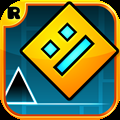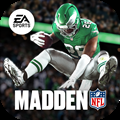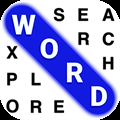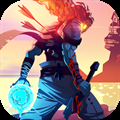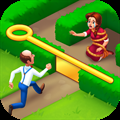Nintendo Versus PlayStation Is The Real Console War These Days
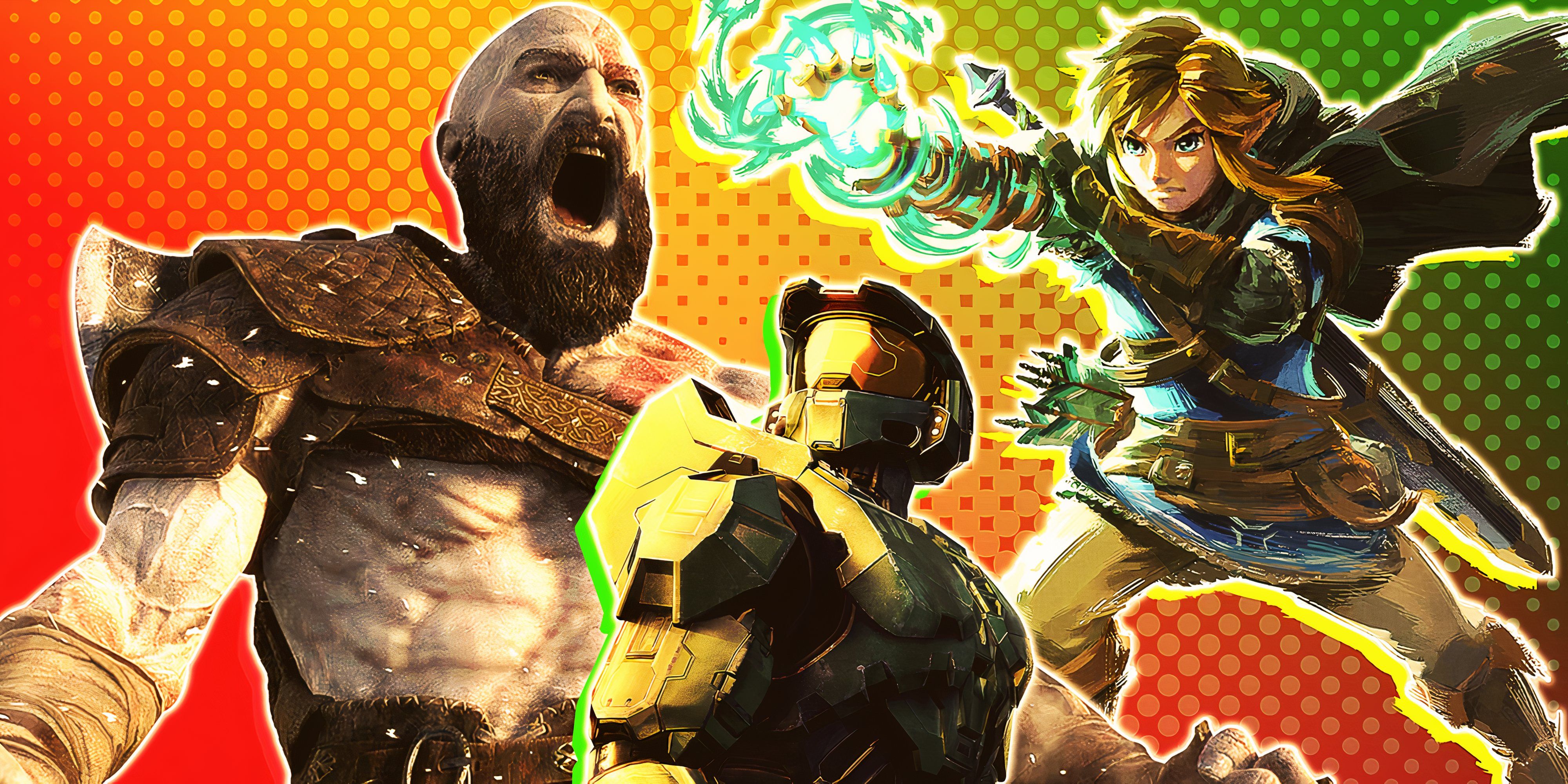
Nintendo and PlayStation have very clear identities. Nintendo games each have their own style with a bouncy, colourful palette in place of hyper-realism, and tend to push invention, creativity, and the joy of gameplay above all else, while PlayStation has run in the other direction.
PlayStation instead favours the hyper-realism Nintendo never chased, and often uses darker, gritter aesthetics, pushing narrative and immersion within gameplay, aiming for titles that feel like playable movies, while Nintendo's feel like toys. For a while, PlayStation was winning the battle. But Nintendo might be winning the war.
It is not a great sign for Xbox that its two competitors remain the defining points on the ends of gaming's current spectrum. Xbox's identity has mostly been to shadow PlayStation and hope it pays off. 2024 was supposed to be the green team's year, with the Switch 2 delayed and PlayStation regrouping until 2025. But then, 2023 was supposed to be Xbox's year too, with the dreadful Redfall, disappointing Starfield, and delayed Hellblade. Now in the headlines for closing studios, Xbox's feet continue to seep blood from self-inflicted bullets.
PlayStation’s Realism Will Make It And Break It
via GuerrillaWhen we think of the peak of modern gaming, of the very best a video game can be, many people would picture what Sony puts out regularly. Graphics near indistinguishable from reality. Heart-wrenching stories that pull you into the lives of the characters. Explosive, immersive gameplay that has your heart racing. Undeniable proof that games are art. And when people think of Nintendo, they think of Mario crushing turts. But there is something futureproof in Nintendo's strategy.
The thing with realism is you can always get more realistic, and if you make your brand cutting edge, you can't allow any game to blunt that image. So with each new game Sony underlines this direction with, it raises the cost of all the other games it’s developing. It's not impressive to put a second man on the Moon, now you have to put the first man on Mars. Nintendo, on the other hand, accepts that each game will not look better than the last. Instead, it should play better, feel better, work better. This strategy pushes innovation, but doesn't mean costs need to spiral exponentially.
Tears of the Kingdom is graphically rough around the edges, but comes with a far higher degree of innovation and creative gameplay than many, if not all, of Sony's games.
This means that even as the Switch 2 (official name TBC) brings more power, it's just using that to give developers more freedom to use that power for gameplay. Only expected to be on par with the Xbox One or PS4, it's a big step up for Nintendo but way off what the PS5 offers and therefore under no pressure to match up. It's easy to blame the current swathe of layoffs on cruelty and incompetence (and that's a factor), but the root cause is how expensive gaming is. The way things are going, it will only get more expensive for Sony as it forces itself to constantly innovate. Nintendo has found a more cost effective innovation, and it's one players respond to.
Nintendo Is Better Equipped To Weather The Changing Cost Of Gaming
Some of this is just personal preference. It's a notable weakness that Nintendo stories fall way short of the emotive power of PlayStation, and the most recent Indie World showed it can pigeonhole itself into being family friendly to the point of stagnation. Some people will always prefer Sony, some will always prefer Nintendo. But those people are fairly evenly split, and Nintendo can appeal to its base for a much smaller cost while still making games like Zelda that outshine pretty much everything else.
Of course, as previously mentioned, both companies have stalled a little in recent months. It feels like Nintendo is paused until the Switch 2 drops early next year, though there is a June Direct that may fill in the gap between now and then to tide fans over. PlayStation, meanwhile, has promised no new entries in major series until at least next April, AKA the start of a new financial year, which is also the earliest we will get the Switch 2. This may be in reaction to ballooning budgets causing games to be spaced out, or it may be a change in marketing strategy that will see games announced far closer to launch from now on.
It remains to be seen exactly what either of these two decisions mean. With the Switch 2 reported as a continuation of the Switch rather than a change of direction, it's likely to be a highly popular console that keeps the momentum Nintendo has generated. As for Sony, how much the pause in proceedings damages its standing will depend on whether Xbox can make up ground through Hellblade, Indiana Jones, and Avowed, but with the recent layoffs suggesting it’s Christmas dinner for the golden goose of Game Pass, it doesn't feel like Xbox are stealing a march any time soon.
Over the next few years, it's hard to see the battle between Nintendo and Sony changing. Xbox still can't get itself in a position to compete, and Nintendo and Sony look as dominant as ever. But it feels as though as the face (and cost) of gaming changes, Sony will need to adapt, while Nintendo can keep on trucking. Depending on how Sony navigates these rising costs and manages its own identity as a technological trailblazer, the face of gaming could be very different by the time the PS6 or PS7 arrives.
RelatedPredicting The Nintendo Switch 2 Launch Library
Now that the Switch 2 is officially official, how long until we learn who joins Pokemon at the launch party?
Posts



